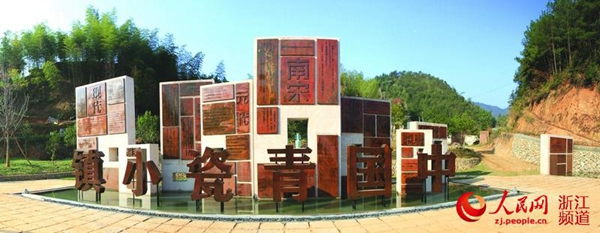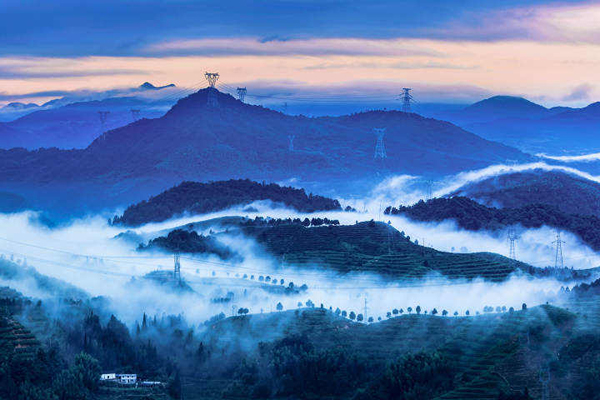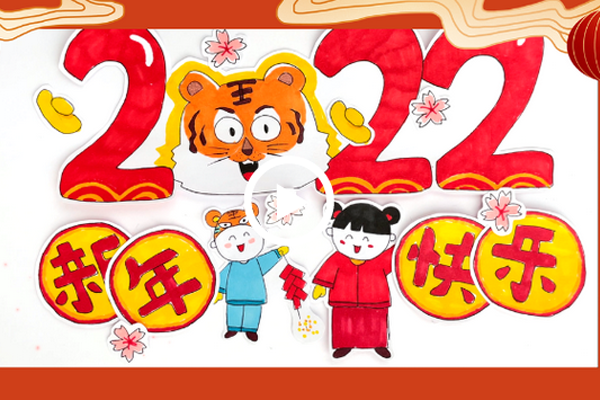Longquan

Longquan Celadon Town in Longquan, Lishui [Photo/zj.people.com]
Economy:Longquan, a county-level city of Lishui, Zhejiang province, achieved a regional GDP of 14.72 billion yuan ($2.26 billion) in 2020, a year-on-year growth of 3 percent. The per capita disposable incomes of permanent urban and rural residents reached 50,473 and 25,476 yuan, respectively.
Brief introduction:
Longquan was founded as a county in 759 and established as a county-level city in December 1990.
It has jurisdiction over four subdistricts, eight towns and seven townships.
The city is an ecological highland, with its forest coverage rate as high as 84.2 percent, and the concentration of negative oxygen ions in the air reaching 120,000 per cubic centimeter. In 2018, the city's air quality rate reached 99.7 percent, and the annual average amount of PM2.5 was 23 micrograms per cubic meter, ranking first in the province for the third consecutive year.
Longquan is also famous for its intangible cultural heritages. It is the capital of celadon and sword-making. Its city name – Longquan – was named after a sword. Ou Yezi, a sword-maker in the Spring and Autumn Period (770-476 BC) made three swords on the site, and one of the swords named "Longyuan" was used as the place name. Afterwards, it changed into Longquan due to the taboo on using words from the emperor's name.
Longquan celadon dates back to the Three Kingdoms (220-280) and Jin Dynasty (265-420), and is one of the oldest, largest and most influential categories of kiln in China. Longquan celadon is not only a symbol of Chinese culture but also a world-class cultural heritage, which was selected as the official gifts of the G20 Hangzhou Summit.
In 2006, the traditional firing techniques of Longquan celadon and Longquan swords became the first batch of national intangible cultural heritages. The firing technique of Longquan celadon was placed on the representative list of the Intangible Cultural Heritage of Humanity in 2009, the only ceramic to attain such status.

 Wild macaque monkeys seen in Jingning
Wild macaque monkeys seen in Jingning Jingning to further develop health preservation industry
Jingning to further develop health preservation industry Lishui to develop Baishanzu National Park
Lishui to develop Baishanzu National Park